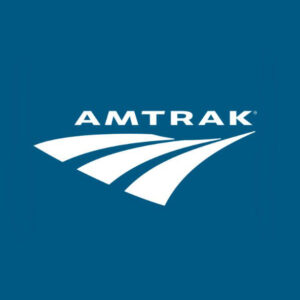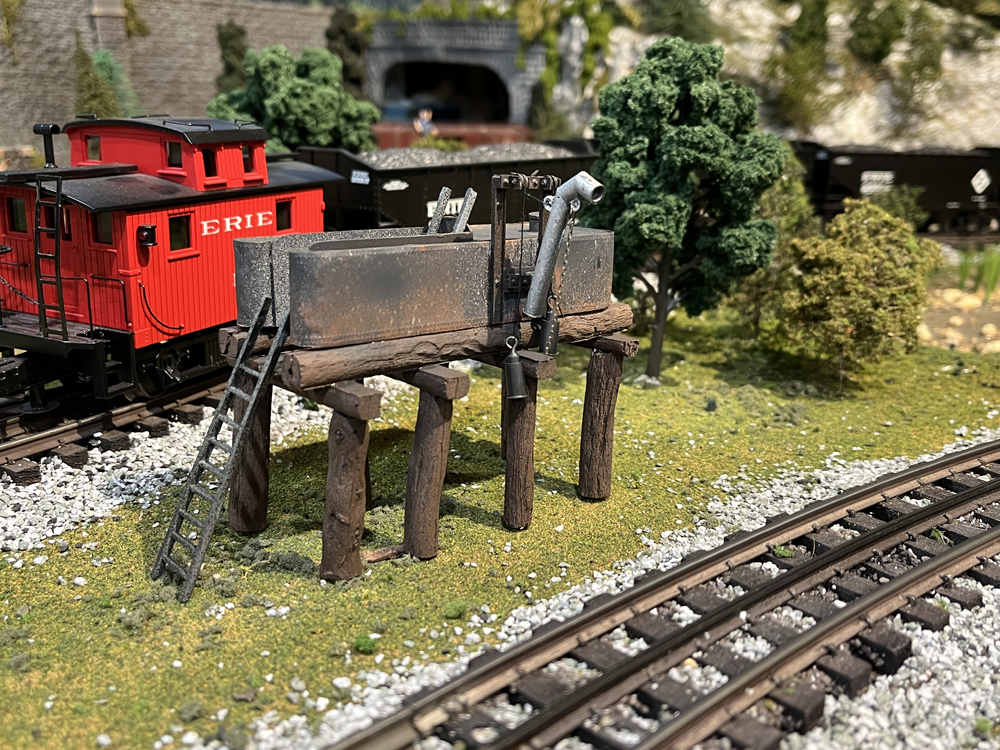 WASHINGTON — Amtrak has received an $8 million grant from the Federal Railroad Administration to expand the apprenticeship program it launched earlier this year.
WASHINGTON — Amtrak has received an $8 million grant from the Federal Railroad Administration to expand the apprenticeship program it launched earlier this year.
The funds are among the Consolidated Rail Infrastructure and Safety Improvement grants announced earlier this month [see “FRA announces CRISI grants …,” Trains News Wire, June 2, 2022]. They will support training programs in Washington, D.C.; New York; Los Angeles; Chicago; Wilmington, Del.; and Beech Grove, Ind., and will aid in training more than 600 employes in the next three to five years.
“Amtrak envisions an innovative apprenticeship program that merges the best aspects of training with the latest in railroad technology, with one key objective in mind: The creation of a highly skilled, qualified, and engaged workforce,” Amtrak CEO Stephen Gardner said in a press release. “Helping us meet our staffing goals well into the future, we would like to thank the FRA for allowing Amtrak to invest in and grow its talented workforce and our union partners for making this all happen.”
Amtrak announced the apprenticeship program in May with funding from the Infrastructure Investment and Jobs Act. It includes classroom courses on safety, environmental awareness, protective equipment and other core subjects, then moves into combined classroom and hands-on instruction before focusing on craft-specific training. The three-year program concludes with a final exam, after which students become full mechanics.










What has crippled Amtrak is the insistence by many politicians, as well as advocates, that Amtrak run long-distance trains, which make no economic or transportation sense.
If it were not for the long-distance trains, Amtrak would have had an operating profit of $5 million for the three years ended FY21? Instead, because of the long-distance train’s losses, it had an operating loss of $1.6 billion. Put another way, the long-distance trains were responsible for 99 percent of Amtrak’s operating losses for the three-year period. FY20 and 21 were anomalies because of the pandemic, but the long-distance trains have accounted for the bulk of Amtrak’s losses since the get go.
Passenger trains make sense in short, high-density corridors. Running one train a day over long distances, with many of the stops in the middle of the night, makes no sense.
Paul, since many of those one a day trains are sold out well in advance, maybe it might make more sense to increase the number of trains, especially as gas is moving towards 6 or more dollars per gallon.
Mark, You touched all the right sore spots.
Disagree!!! Mark did not go high enough. While everything you said I agree with mostly and management in lots of industries as well as railroads both Amtrak and freight ended up overreacting in cutting positions. This is not just a management problem but a Governance problem reaching to the top of the Legislative and Executive Branch as well as the American public. It really is not the OIG’s role to investigate why the American public has prioritized keeping taxes as low as possible and partisanship over funding competant governance. Their is truth in the truism that you get what you pay for. Their is also a cultural issue here that a significant portion of society and most managers prioritize the dollar over people and serving people.
What you overlooked in your wide swipe at the American taxpayers and management is what has crippled Amtrak is the fact of a lack of competent, experienced Board of Directors. This has continued in clear violation of Railpax legislation (1970) that prescribed how the Board should be composed; not by geography but specific competence and experience.
Contrary to your statement, it is most certainly within the power and correct expectation of the OIG to investigate any aberration that identifies the cost of poor decision-making.
Jacob you really hit the rout and root of our last 50 years of problems in all sorts of economic sectors.
Does this mean we will have to wait 3 years before pre pandemic consists for the long distance trains?
And when will the OIG conduct a cost:benefit analysis of Amtrak’s corporate management discharging experienced, well trained maintenance/repair staff in a panic reaction to the pandemic to the extent of having to drastically reduce consists (i.e., revenues) as few competent employees were left in the yards?
As well, when will the FRA fund a much needed apprentice program for the corporate management who did not come with the requisite railroad experience from the airlines and Capitol Hill (unless you count the subway under the capitol?
To avoid another fiasco in decision-making to cut experienced staff, when will the OIG audit the excessive costs and impact on operations of cutting such staff just to facilitate corporate management achieving a higher bonus geared to just cutting costs; will this be conveyed to the FRA to educate its administrator?